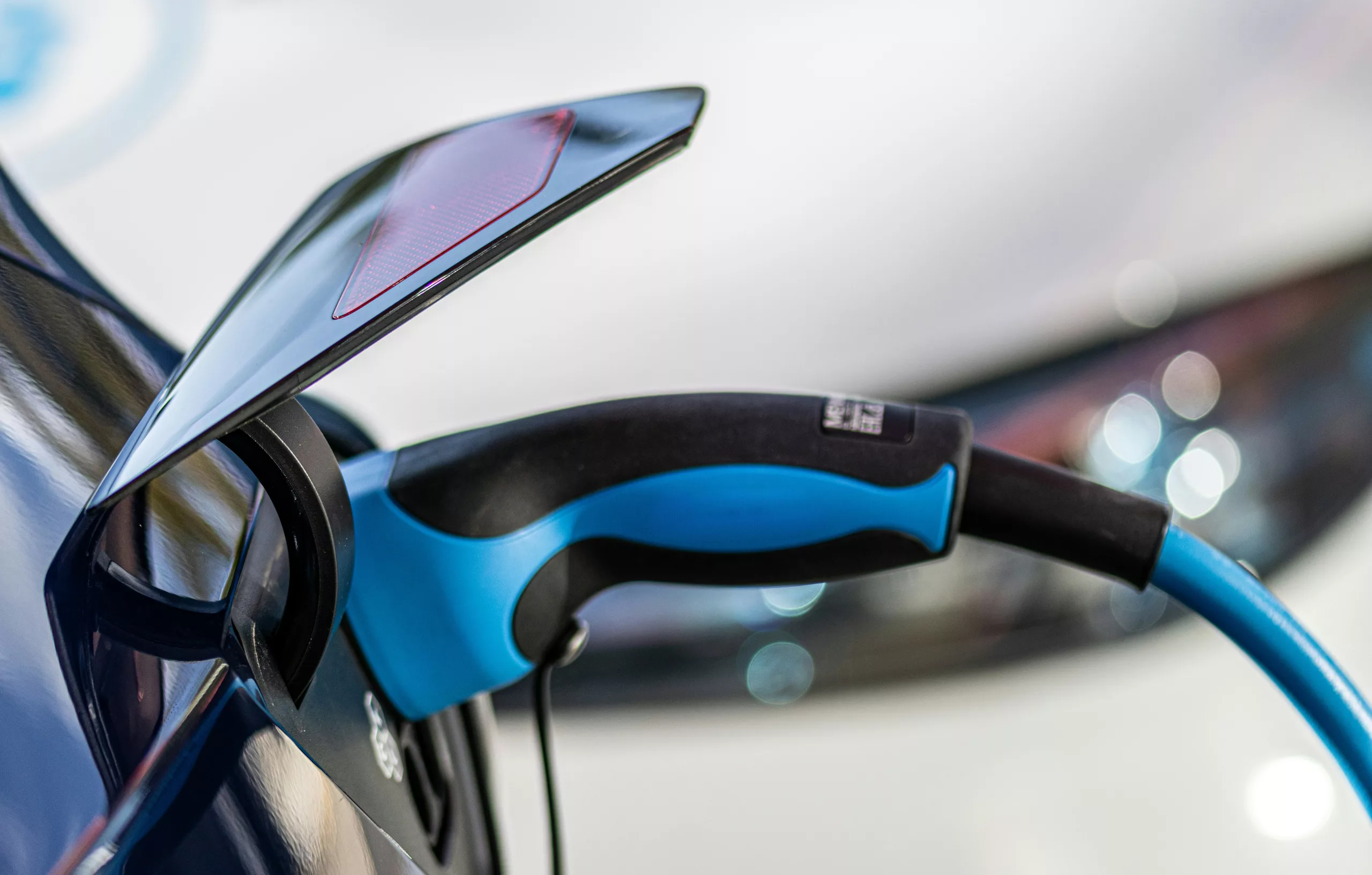In various corners of the globe, electric vehicles (EVs) are rapidly surpassing the pivotal 5% sales milestone, a significant indicator of market transformation according to industry analytics. Despite some skepticism in markets like the United States, this electric boom highlights a turning point in automotive consumer habits.
Understanding the S Curve in Market Adoption
Industry experts use the ‘S curve’ concept to chart the lifecycle of technological adoption, which is sliced into four phases. Each phase carries distinct growth rates and sets the scene for varying opportunities. In its nascent phase – slow growth – innovative tech is generally adopted by a niche group of early enthusiasts. Upon breaking through the 5% sales threshold, tech adoption shifts into its explosive growth phase, making significant headway into mass market appeal. This S curve framework, though not definitive, provides a historical perspective on market disruptions by emerging technologies.
Global Embrace of Electric Vehicles
The enthusiasm for EVs has transcended borders, evidencing a surge in global sales figures. A recent report reveals that over 30 countries have crossed the 5% mark in EV sales, indicating a broadening acceptance. This upswing from just 19 countries a year earlier, signals a robust, multinational shift towards electrification, echoing patterns seen in the past with technologies like televisions and smartwatches. Such technology milestones often come after initial barriers—such as cost, infrastructure, and skepticism—are mitigated. States like Thailand and Turkey have exemplified this trend with their remarkable uptake in electric car purchases.
Potential Roadblocks and Progress in the EV Market
While the trajectory appears promising, it is not immune to potential decelerations due to factors outside the electric arena, such as economic downturns or supply chain issues. Current predictions project a stabilization in the rate of growth for electric and hybrid car sales, though this is not expected to drastically affect the broader trend of EV adoption. The United States, comparing timelines, took longer to reach its tipping point, mainly due to preferences for longer-range EV models and larger vehicles which were initially not catered to by early market offerings.
The Road Ahead for Electric Vehicle Adoption
Despite some nations lagging behind in this electric surge, the trajectory for global EV sales is on an incline, with about 12% of new vehicles sold worldwide being fully electric in the latter part of 2023. The primary propellers for this growth—falling battery costs, increased chargers, and enhanced vehicle performance—continue to render EVs an attractive option in emerging markets. With the rapid ascension in EV sales, the future looks electric for the majority of auto consumers, sidelining the conventional internal combustion engine.
Conclusion: The Persistent EV Revolution
The race to cost-effectively produce electric vehicles is in full swing, engaging the entire automotive sector in a quest for innovation and affordability. As policy and infrastructural support continue to rise, such as the initiatives under the Biden administration to enhance US EV charging networks, the EV revolution shows no signs of abating. Contrary to the pessimistic viewpoint of EV doubt casters in the US, the electric narrative is vibrant worldwide, and soon, the ubiquity of electric cars will render previous reservations a distant memory.
